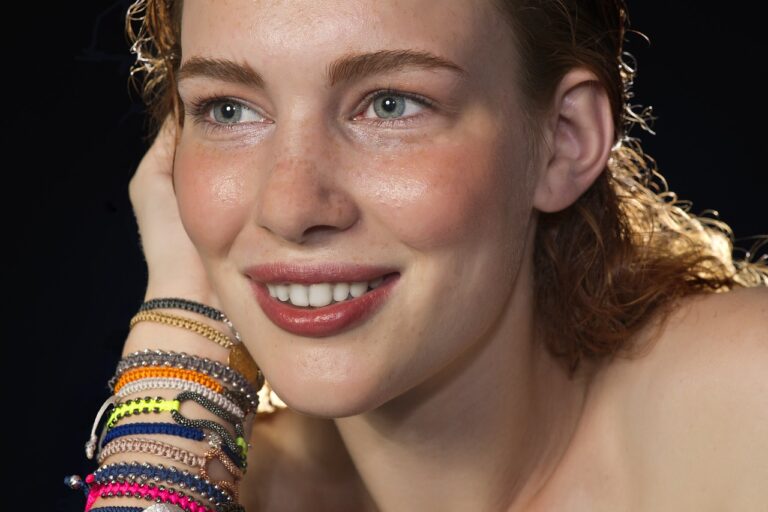The Rise of Minimalist Footwear
Minimalist footwear offers several advantages to wearers. Firstly, these shoes promote a more natural walking or running motion, allowing the foot to move freely and engage the muscles more effectively. This can help improve foot strength and overall balance over time, leading to better posture and reduced risk of injuries.
Secondly, minimalist footwear is often lighter and more flexible compared to traditional shoes, providing a greater sense of connection to the ground. This enhanced proprioception can improve agility and stability during various physical activities, enhancing performance for athletes and casual wearers alike.
History of Minimalist Footwear
Minimalist footwear can trace its roots back to the barefoot running movement that gained popularity in the early 2000s. This movement advocated for using shoes with minimal cushioning and support to mimic the natural motion of running barefoot. The idea was that traditional running shoes with thick soles and arch support altered the way the foot moved and landed, potentially leading to injuries.
In response to the barefoot running trend, footwear companies began developing minimalist shoe designs that aimed to provide a more natural running experience. These minimalist shoes typically feature a zero-drop sole, meaning there is no height difference between the heel and the toe, allowing for a more natural gait. Additionally, minimalist footwear is often lightweight, flexible, and allows for greater foot proprioception, or the body’s ability to sense its position and movement in space.
What are the benefits of wearing minimalist footwear?
Wearing minimalist footwear can help improve foot strength, balance, and proprioception. It can also promote a more natural gait and reduce the risk of injuries.
When did minimalist footwear become popular?
Minimalist footwear started gaining popularity in the early 2000s, with various brands introducing minimalist shoe designs to cater to the growing interest in barefoot running and natural movement.
Is minimalist footwear suitable for all types of activities?
While minimalist footwear can be beneficial for many activities, it may not be suitable for high-impact sports or activities that require a lot of cushioning and support. It’s important to gradually transition to minimalist footwear to allow your feet to adapt.
How has minimalist footwear evolved over the years?
Minimalist footwear has evolved from simple, flat designs to more advanced shoes that offer some cushioning and protection while still promoting natural foot movement. Brands continue to innovate and improve minimalist shoe technology.





